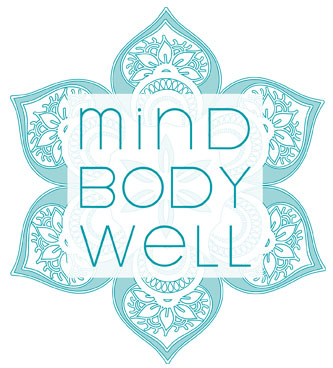Have you noticed the natural tendency most of us have to exaggerate one negative experience amongst a whole bunch of positives? How we minimise a range of pleasant experiences at the expense of a more unpleasant one which occupies our full attention?
It turns out this tendency is actually hard wired into our brain as a legacy of our evolutionary development. Our brain is trained to look out for potential dangers or threats, with what Neuroscientists call the ‘Negativity Bias’.
Here’s an example of how the Negative Bias works. I live on a country property which is a happy home for a number of large brown snakes. Now that I’ve seen a few snakes on our property, anytime I see a stick, branch, or even a piece of rope in the grass my first instinct is to consider that inanimate object may be a snake. The visual cues triggered by objects which are long and shiny in the grass send an immediate signal to the amygdala in my brain, which then sends alarm signals to the hypothalamus to activate my sympathetic nervous system to get ready to run away from the object if it turns out to be a snake.
To cut a complicated neurological process short – the hypothalamus then sends out stress hormones to my body to help me cope with the perceived threat, hormones which include adrenalin and cortisol. One of the interesting effects of cortisol is that it actually hinders the operation of the hippocampus, which is the part of the brain which usually works to keep us calm. The hippocampus is responsible for and stimulates the parasympathetic nervous system, our in-built relaxation response. Prolonged and repeated exposure to stress can actually shrink the hippocampus, effecting our ability to self-soothe and settle the mind and body, bringing us back to relaxation and calm.
So what can we do to help balance this natural negativity bias in the brain? The most obvious approach is to reduce our exposure to prolonged and/or intensely stressful events. Where possible, decreasing the amount of stressors in our lives can reduce the triggers we are exposed to, thereby decreasing the activation of areas of the brain which respond to stress.
Another option is to actively practice techniques which strengthen the areas of the brain involved in emotion regulation and self soothing, helping to settle the degree of reactivity we experience in response to these triggers. And guess what recent research is pointing to here? Meditation!
The field of Neuroscience is increasingly becoming interested in meditation and the effects of this ancient practice not just on our minds and the way we think and feel, but actually on the grey matter of the brain. Through advances in brain imagery scientists can now watch what happens in different areas of the brain when people meditate. One of the exciting findings from this research is that meditators show an increase in functional activity in the hippocampus, the area of the brain involved in regulating emotions and enhancing emotional stability, the ability to self-soothe when we encounter challenging circumstances. Meditation actually grows the hippocampus, with evidence of more grey matter in this area of the brain in experienced meditators.
I recently spent a week attending training in Positive Neuroplasticity with Rick Hanson where the focus was exactly this… how we can train the brain to attend more and more to positive, beneficial experiences which increase our physical and emotional wellbeing. Rick, in his excellent book ‘Hardwiring Happiness’ (2013) outlines his approach to positive neuroplasticity, which in summary is to train ourselves to H.E.A.L.:
HAVE a beneficial experience – expose ourselves to opportunities for more enjoyable, fulfilling experiences
ENRICH the experience – ‘turn up the volume’ on the experience by paying full attention to it while it’s happening
ABSORB the experience – in a multi-sensory embodied manner, feel into the experience slowly, in the here and now, in a way which allows us to fully soak it in
LINK positive and negative material – allowing us to take beneficial experiences with us so they contribute to our emotional resilience when faced with more challenging circumstances.
If this sounds interesting to you I’d highly recommend Rick’s book for a very accessible description of what’s happening in our brain and how we can consciously enhance the good, enriching our lives by developing good brain habits.
If you’re already meditating… keep going, in the knowledge that each time you ‘take your seat’ you are training and developing areas of the brain intrinsic to your emotional wellbeing. If you’re not yet meditating, check out the science. A simple web search for ‘meditation’ and ‘brain’ might give you just enough evidence to inspire you.

